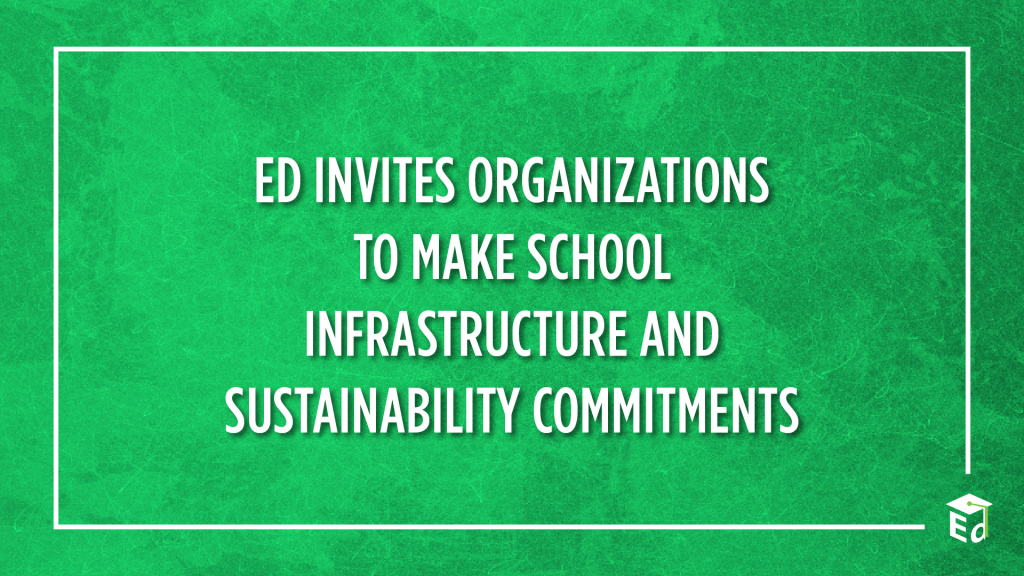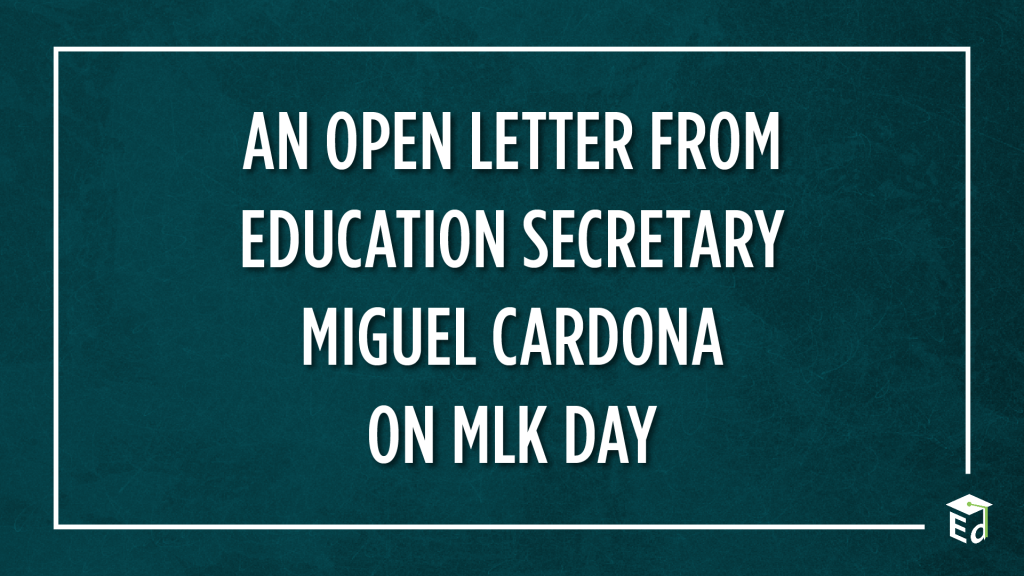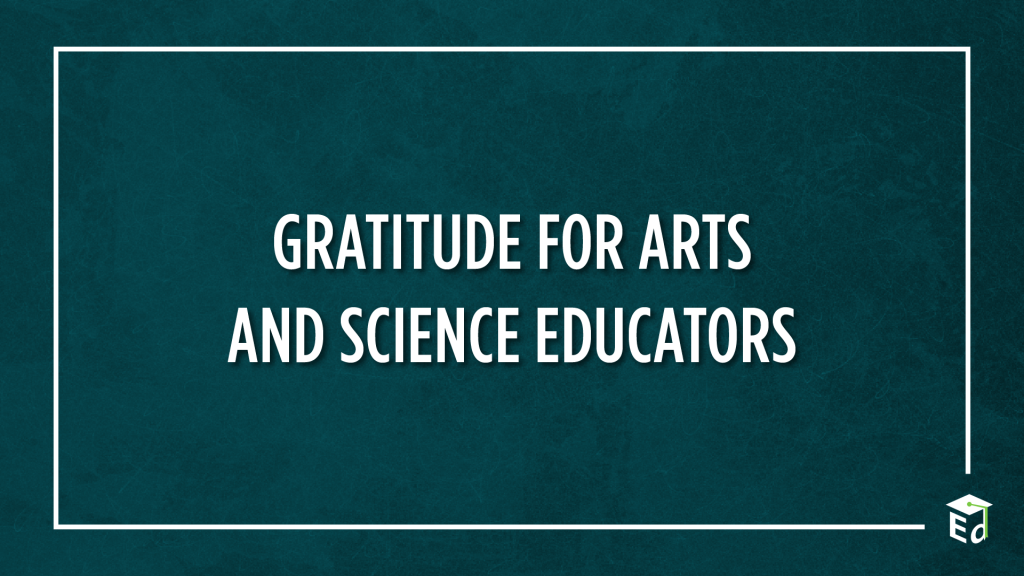The Department of Education (Department) is interested in stakeholder input regarding the Senate Committee on Appropriation’s Explanatory Statement for the 2023 Appropriations Bill, which directs the Department regarding Elementary and Secondary Education Act School Safety National Activities funds as follows:
- School Infrastructure and Sustainability.—Recognizing the growing challenges high need LEAs face in ensuring that their school facilities provide safe, healthy, and engaging learning environments, the Committee directs the Secretary to use up to $50,000,000, with the precise amount still to be determined, for grants to States for technical assistance to high need LEAs in leveraging existing resources to make needed improvements to their highest-need public school facilities. … [A]s the planning and management of elementary and secondary public school facilities has gotten more complex, there has not been an investment in providing the information, education, or training of the LEA personnel responsible for decision making, planning, budgeting, operations or management of public school facilities. In making grants to States, the Secretary is encouraged to prioritize applications that describe how under-resourced LEAs, including small and rural LEAs, will be provided with technical assistance and training for facilities related challenges associated with risk management, preparing for natural disasters, strategic planning, and applying for and leveraging existing resources to improve the health, safety, and learning environment for students.
- National Clearinghouse on School Infrastructure.—The Committee recommendation includes $2,000,000 for the proposed National Clearinghouse on School Infrastructure and Sustainability to compile and make available technical assistance and training materials to State educational agencies and local educational agencies on issues related to educational facility planning, design, financing, construction, improvement, operation, and maintenance. The Committee encourages the Department, in establishing and operating the clearinghouse, to consult and engage with public and private sector stakeholders with expertise in school infrastructure, green schools, and sustainability education with the goal of including robust and trusted resources.
Department staff welcome your input as they consider the Committee’s statement. Please send your comments to InfrastructureandSustainability@ed.gov by Friday, February 17. Please include your contact information, your organization name and type (i.e., State Educational Agency, Local Educational Agency, school, non-profit organization, etc.) or individual information in the body of your message. The Department will consider all input but will not be able to provide individual responses to emails.












